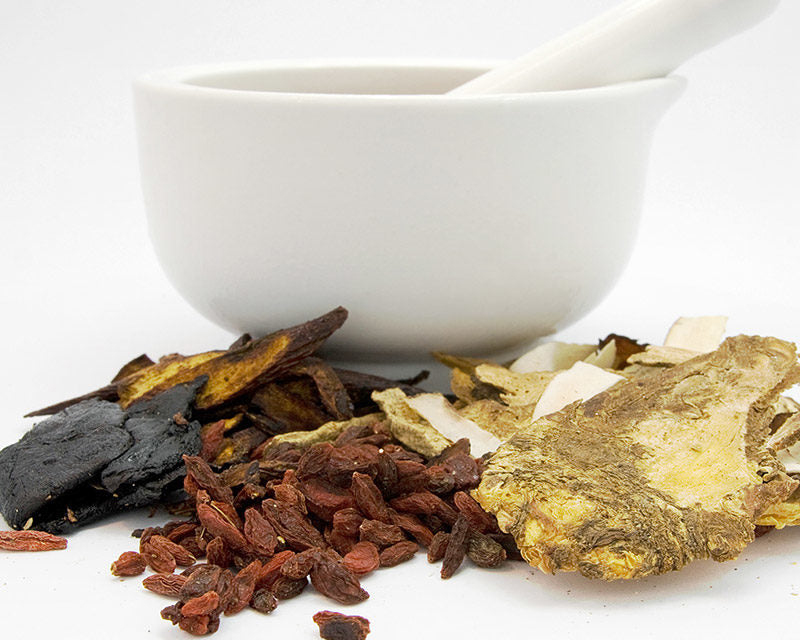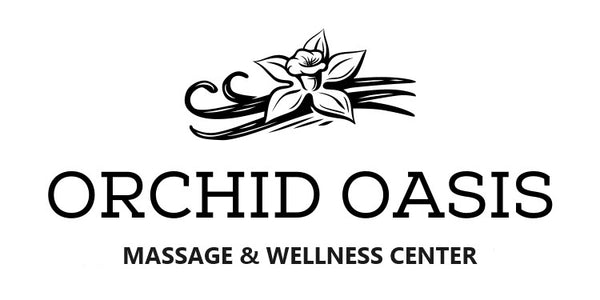Traditional Chinese Medicine (TCM)
TCM is one of the oldest systems of health care in the world. For thousands of years, practitioners of TCM have taken a holistic approach to understanding and improving the function of the body. TCM is rooted in the idea that the human body contains a set of interconnected systems and energies that must be kept in harmony. If there are imbalances or blockages, health is adversely affected. This concept forms the foundation for all disease identification and management in TCM.
Top Wellness Formulas in Traditional Chinese Medicine
Chinese herb formulas are composed of ingredients designed to function in combination with each other. Each herb has a particular role to play in helping the body achieve harmony. Below you’ll find information about some of the most well-known formulas in TCM and their traditional functions.
Chai Hu Gui Zhi Tang — Bupleurum & Cinnamon Combination
This formula it is the most commonly apply on the conditions of both Taiyang stage conditions and Shaoyang stage. Chai Hu Gui Zhi Tang contains Gui Zhi Tang (Cinnamon Twig Decoction) to harmonize ying and wei and Xiao Chai Hu Tang (Minor Bupleurum Decoction) to harmonize interior and exterior.
Er Xian Tang — Curculigo & Epimedium Combination
Er Xian Tang, the Two Immortals Decoction, is a renowned formula that can nourish kidney yin, tonifies kidney yang and drains kidney fire. This formula is believed to support a smooth menopausal transition by reducing menopause symptoms.
Gui Pi Tang — Ginseng & Longgan Combination
According to TCM, Gui Pi Tang can strengthen the spleen and heart. A weakened spleen cannot control the blood, which is thought to manifest as various bleeding disorders. TCM practitioners traditionally prescribe Gui Pi Tang to nourish the blood, heart and spleen and to replenish qi.
Gui Zhi Tang — Cinnamon Combination
Gui Zhi Tang is the quintessential formula for regulating the ying qi and the wei qi. Classically, it is the most commonly apply on the conditions of exterior wind-cold or wind attack deficiency pattern of the Taiyang channel. Gui Zhi Tang is a versatile formula that can be modified for many needs.
Jia Wei Xiao Yao San — Bupleurum & Peony Formula
The herbs in Xiao Yao San are thought to invigorate stagnant liver qi, nourish the blood and support a regular menstrual cycle. Jia Wei Xiao Yao San builds on this foundation with Mu Dan Pi (peony tree bark) and Zhi Zi (gardenia fruit) to clear heat and cool the blood.
Liu Wei Di Huang Wan — Rehmannia Six Formula
Liu Wei Di Huang Wan, the Rehmannia Six Formula, is an ancient formula that may treat liver and kidney yin deficiency. Diminished yin may manifest as soreness and weakness in the lower back, dizziness, a hot feeling in the body, vertigo, headache or tinnitus, among other symptoms.
Xiang Sha Liu Jun Zi Tang — Vladimiria & Cardamon Combination
Xiang Sha Liu Jun Zi Tang blends the Six-Gentleman Decoction (Liu Jun Zi Tang) with mu xiang (aucklandia) and sha ren (cardamom). This combination it is the most commonly apply on the conditions of qi deficiency of the spleen and stomach with damp-fluid retention.
Yu Ping Feng San — Astragalus & Siler Formula
The three ingredients of Yu Ping Feng San (huang qi, bai zhu, fang feng) supplement wei qi and stabilize the exterior. Practitioners may suggest this formula for patients who exhibit spontaneous sweating, aversions to cold and drafts, a pale complexion and recurring colds.
Yin Qiao San — Lonicera & Forsythia Formula
Yin Qiao San is the most commonly apply on the condition that address early-stage wind-heat invasion. If taken upon the initial onset of symptoms, the cooling herbs of Yin Qiao San are believed to disperse exterior wind heat, clear interior heat and resolve toxicity.

